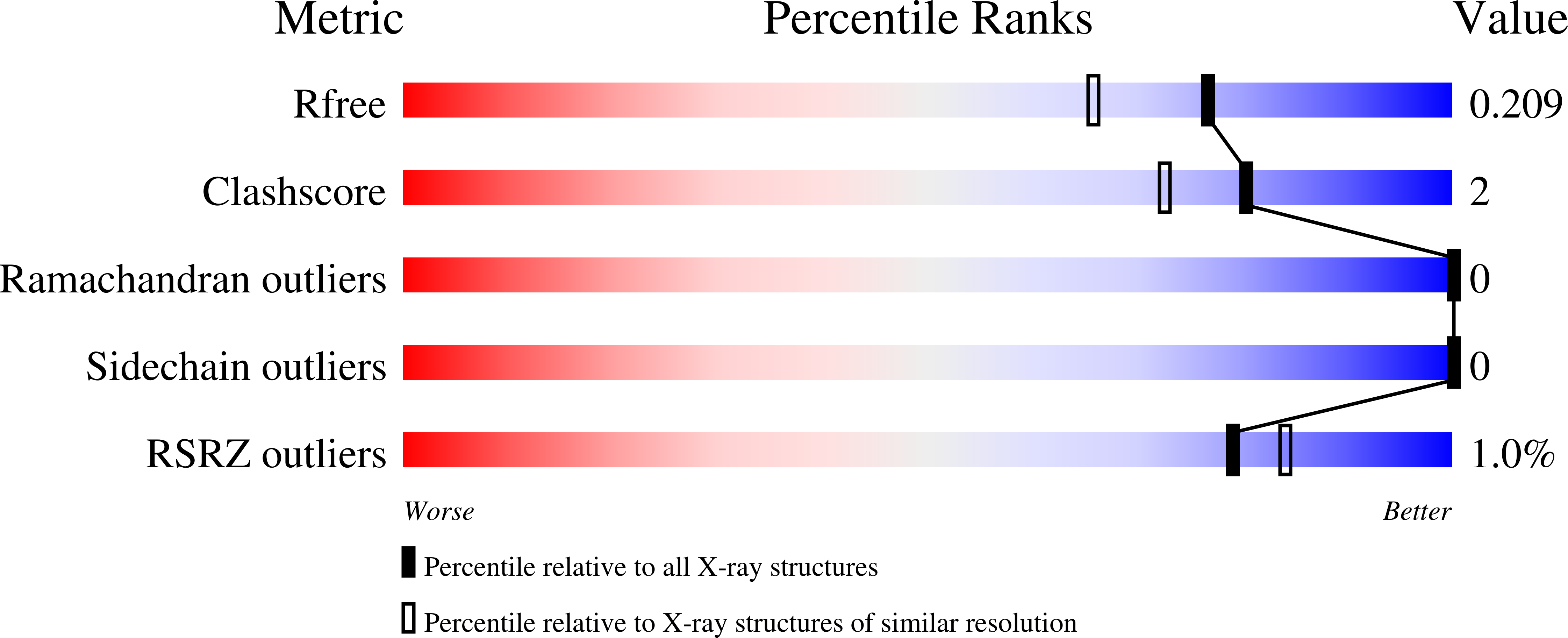
Deposition Date
2025-04-18
Release Date
2025-10-08
Last Version Date
2025-10-08
Entry Detail
PDB ID:
9O9W
Keywords:
Title:
Crystal structure of an alpha/beta-hydrolase from Actinoplanes sp. DH11
Biological Source:
Source Organism:
Actinoplanes sp. DH11 (Taxon ID: 2857011)
Host Organism:
Method Details:
Experimental Method:
Resolution:
1.76 Å
R-Value Free:
0.19
R-Value Work:
0.16
R-Value Observed:
0.16
Space Group:
P 32 2 1


